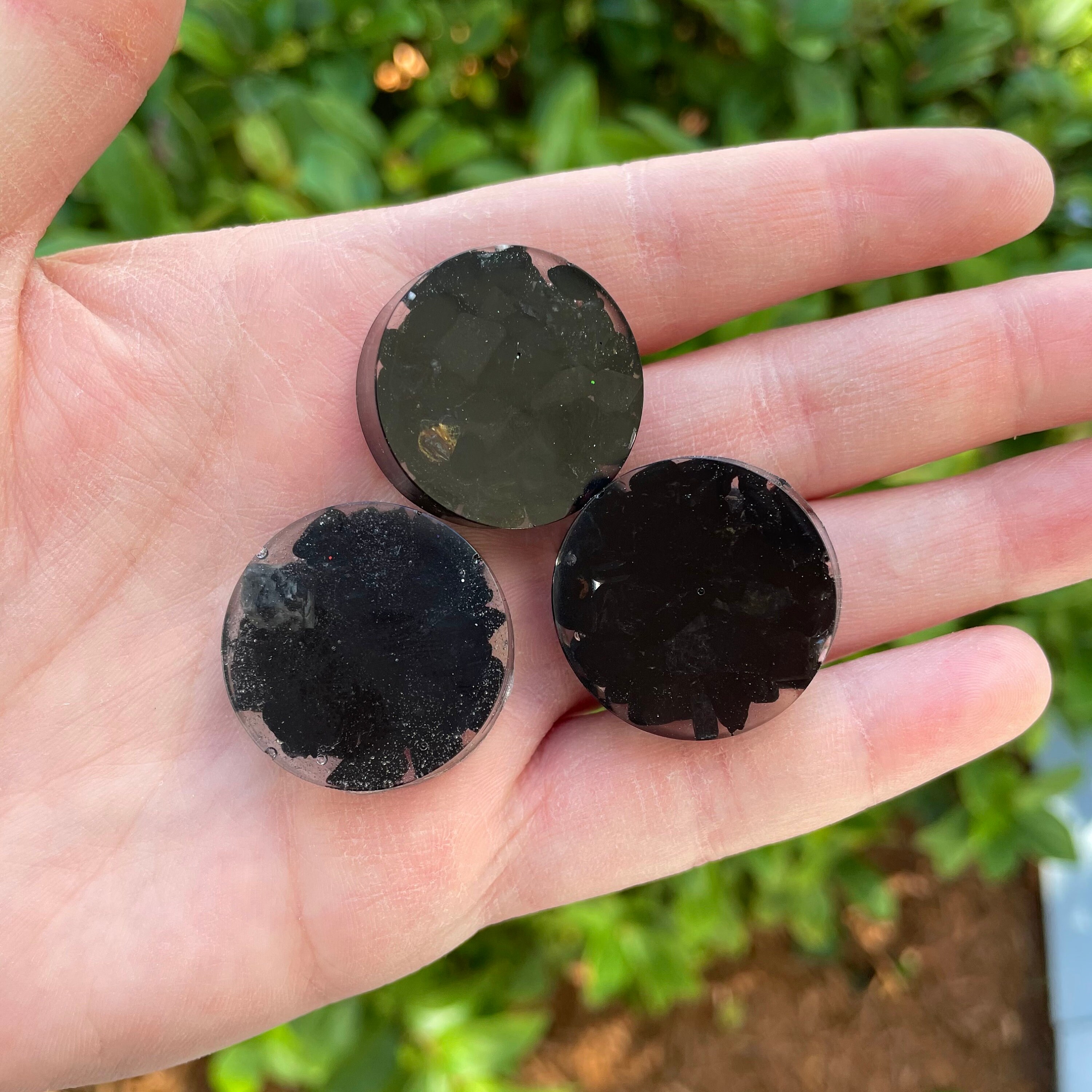Whether you live in an apartment or house or just want to keep your home free from EMFs, there are a number options to limit your exposure. blocking emf of the easiest is to limit your use of electronic devices. You could also consider EMF block paint to prevent EMF radiation from reaching your home. Another way to shield your home against EMF radiation would be to install a RF shielding canopy. This is a cloth made of net that has EMF shielding. It is utilized to prevent EMFs from entering a room. Another option is to get your home fitted with an enclosure that is conductive. They are referred to as Faraday cages.
emf blocking have demonstrated that the non-ionizing RF EMF can cause antiproliferative properties in HCC cells. The mechanism of AM RF EMF's anticancer activity in vitro is believed to result from the deregulation the cancer stem cell. This could be the reason for the long-term responses seen in some patients with advanced HCC. However, the mechanism behind AM EMF's impact on patients suffering from cancer isn't yet clear.
blocking emf of AM RF EMFs on HCC tumor growth in vivo were studied in mice. The tumours were divided in three different groups. One group did not have exposure to RF EMF. Second group members were exposed RF EMF at frequencies similar to the one used by humans. The third group was exposed RF EMF at HCC-specific modulation frequencies. The effects of HCCMF on tumors was compared to that of RCF. The results indicated that tumours treated with HCCMF had significant shrinkage. However, tumours treated with RCF did not show any evidence of tumour shrinkage.
The mechanism behind tumour-specific AM RF EMF could be due to the fact that tumor cells require Cav3*2 voltage calcium channels for proliferation and down-regulation. AM RF EMF's antiproliferative effects on HCC cells is caused through CACNA1H which is a protein which regulates the Ca2+ influx specific to tumors. The findings suggest that CACNA1H could have more broader implications in the treatment and diagnosis of different cancers.
The tumours of those in the group that were unaffected EMF from RF, and fed a normal mouse diet. The tumors in HCCMF HCCMF group were treated with Huh7 cells after they were between five and seven weeks old. The tumors were then killed after they had a high burden.
The tumours in the three groups showed distinct growth curves. The HCCMF-treated tumors saw a significant reduction in size of the tumor after eight weeks. However, the tumors which were treated by RCF didn't show shrinkage. The difference was substantial. The tumours treated with RCF showed necrosis, which is common in tumors that have been that are exposed to RCF. There is a possibility that the necrosis was due to a lack of oxygen in the more invasive tumours.
In summary, the results indicate an AM-RF EMF has anticancer properties in vitro as well as in vivo. A number of studies have proven it is true that AM RF EMF produces measurable tumour shrinkage within HCC patients. The possibility is that the AM EMF produces these effects because of CACNA1H, a protein involved in the process of tissue-specific Ca2+ influx. Furthermore, AM RF EMF may cause a lasting impact on the growth of HCC tumors in the vivo.

